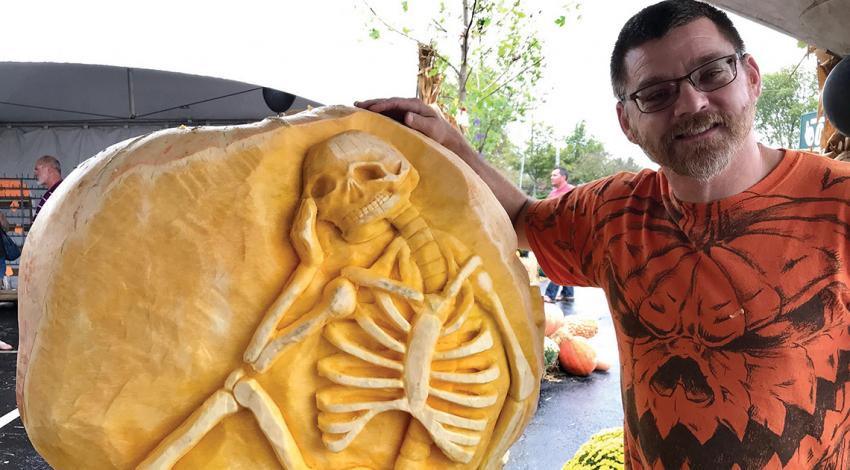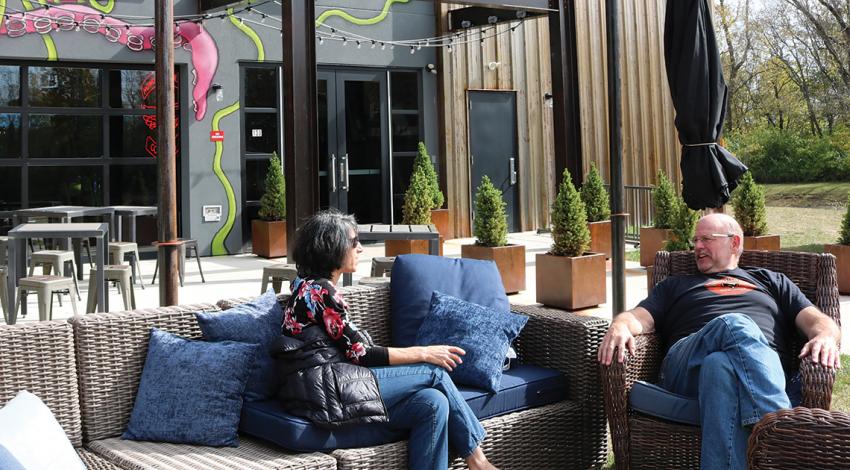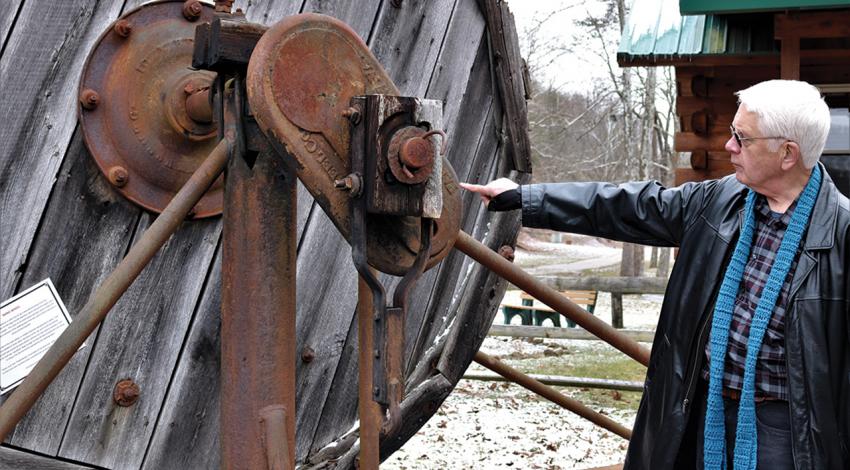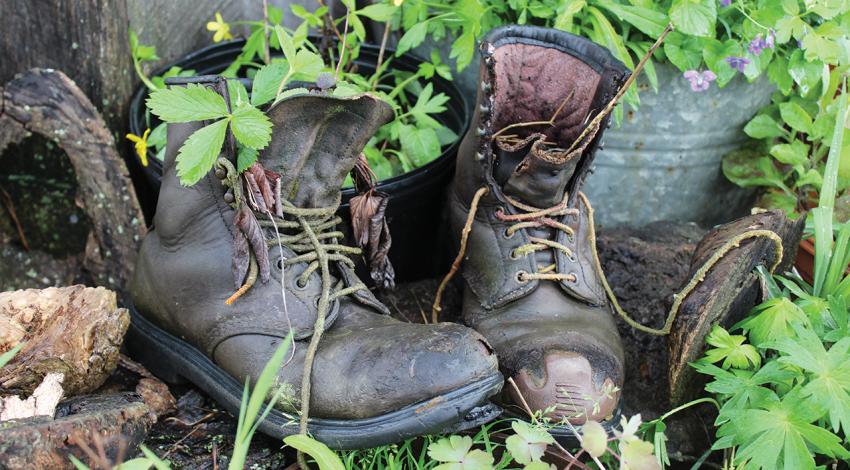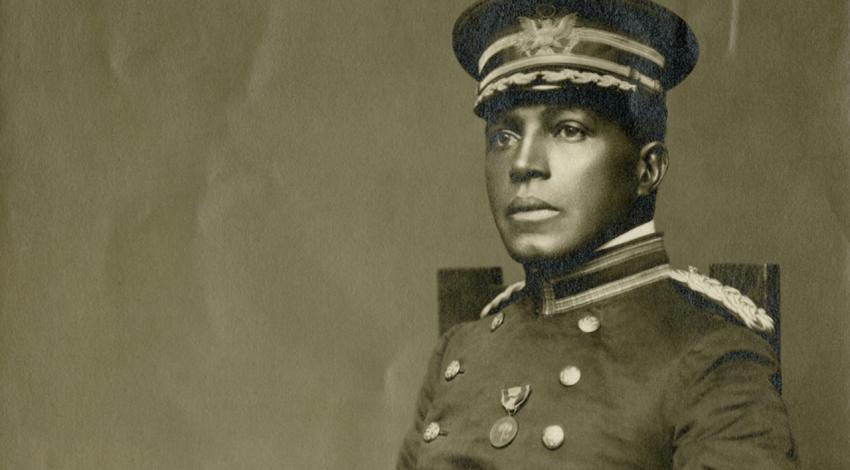Coney Island, the iconic Cincinnati park, has a history of envisioning possibilities and changing with the times — times that have included two world wars, the Great Depression, floods, integration, and now two pandemics.
Coney Island has seen its share of transition during its long history. When James Parker bought a 20-acre apple orchard on the banks of the Ohio River east of Cincinnati in 1867, he planted the seeds of a summer-fun treasure. As the story goes, a few Cincinnati businessmen on horseback asked Parker to rent the orchard for a picnic and, smelling success, Parker added a dance hall, a bowling alley, and a carousel.

